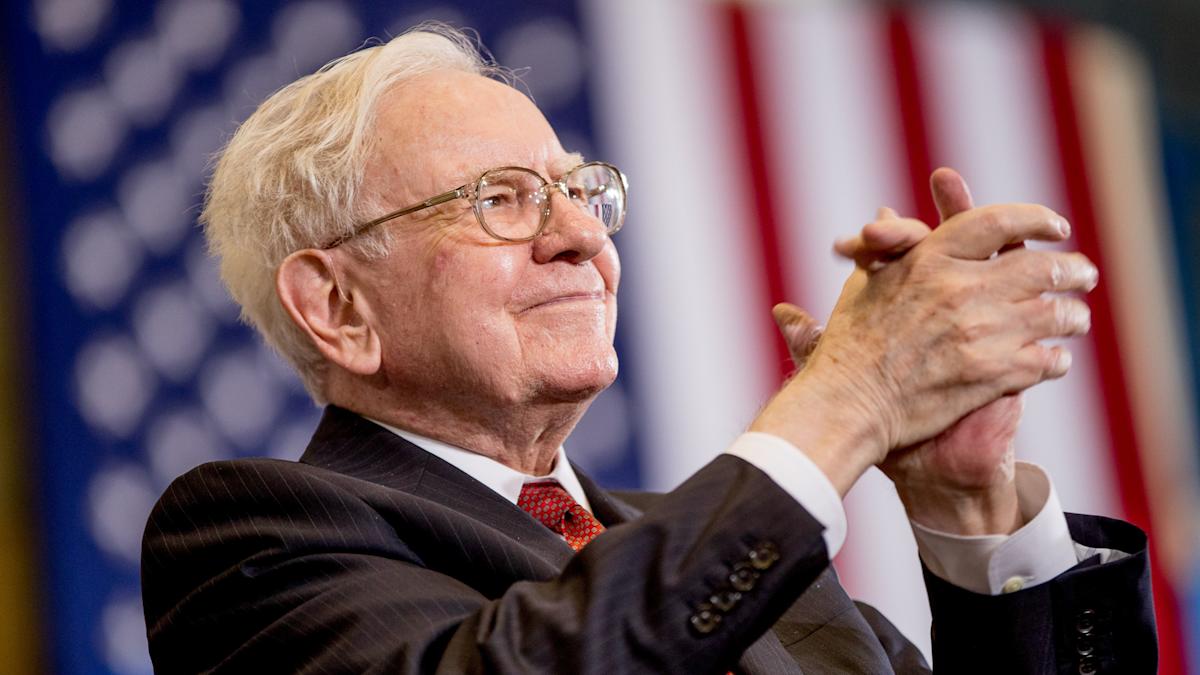Legendary investor Warren Buffett is well known for making a lot of money for shareholders of his conglomerate Berkshire Hathaway, and, since he owns nearly a third of the company, for himself. But the so-called Oracle of Omaha wasn’t born wealthy, and has a well-deserved reputation for frugality. He has lived in the same house since 1958, which is presently worth about $650,000.
Buffett started small, and you can too. Here’s what you need to know about how Warren Buffett would likely build wealth today on a $50,000 salary.
Check Out: The No. 1 Key To Wealth, According To Wahei Takeda, the ‘Warren Buffett of Japan’
Read Next: How Much Money Is Needed To Be Considered Middle Class in Your State?
Living beneath your means is a tenet of nearly every successful investor. In order to build wealth, you have to have money to invest. The only way to do this is to spend less than you earn, so you can invest the rest.
This doesn’t mean just investing whatever cash you happen to have left over, however. Saving and investing must be intentional. If you are earning $50,000 but spending as though you earn $40,000, you’ll have money you can put to work by investing.
Buffett believes in spending on things that will last, not on the latest trends. He spends cash instead of using credit, especially for discretionary items. Cash makes spending more “real,” so you’re more likely to think about whether you need the item than you would if you were using a credit card.
Learn More: Warren Buffett’s Top 4 Tips for Getting Richer
The advantage that small investors have is that they can invest in small companies, which have the potential to become much larger. Someone who made a small investment in a company like Apple or IBM when it first started out is very wealthy now, provided they held on to the investment. Small investments also give you the opportunity to invest in more different companies, reducing the chances that a poor performance by one company would have a significant negative impact on your portfolio.
Buffett has long espoused the advantages of value investing — buying companies that are undervalued by the market and holding onto them until the market catches up. Buffett recommends looking for a “margin of safety,” which is the difference between earnings and fixed costs. If the company’s market capitalization (outstanding shares times share price) is less than its intrinsic value, it has a margin of safety. The larger the margin, the more attractive the stock. Estimating intrinsic value is part science and part art, as you need to account for not only assets, dividends and earnings, but the company’s future prospects.


